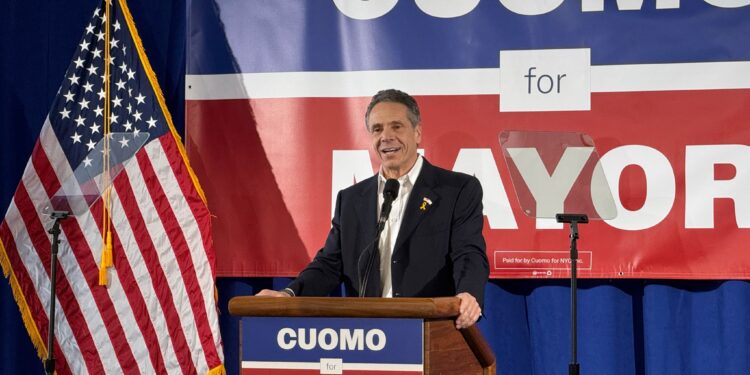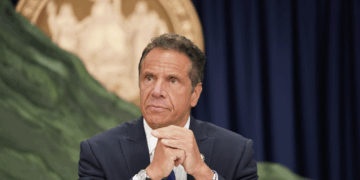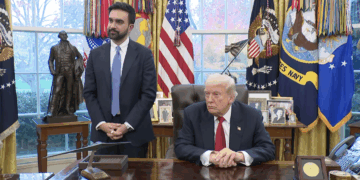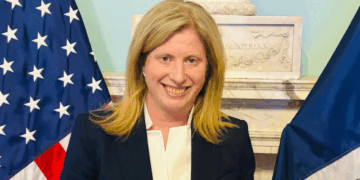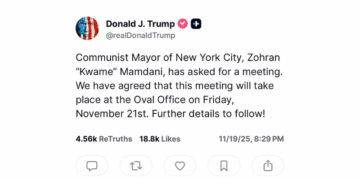On Tuesday, May 20th, Andrew Cuomo, running for New York City mayor, introduced a 25-point plan to overhaul the city’s public school system. The goal is to create a seamless “cradle-to-career” education pipeline that improves student outcomes from early childhood through workforce entry.
New York City’s school system serves nearly one million students but faces challenges like fragmented services, unequal access, rising absenteeism, and declining enrollment despite high spending.
Cuomo’s plan calls for co-locating early childhood services like Early Intervention, Pre-K, and preschool special education within public schools, and guarantees universal, full-day 3-K and Pre-K citywide. For middle and high schools, it expands mentorship programs and offers universal dual enrollment by 10th grade, enabling students to earn college credits early and prepare for college and careers. The plan also includes paid internships, expanded Career and Technical Education, an Education Innovation Lab for new technologies, and a College and Career Transition Corps to support graduates with job placement and summer programs.
The plan includes establishing a unified cradle-to-career data system to track student progress and improve accountability, expanding community schools, mental health services, and after-school programs, and enforcing class-size reduction laws. It invests in teacher recruitment, diversity programs, residency training, and incentives for hard-to-staff schools. Additionally, Cuomo proposes a $100 million High-Demand Jobs Accelerator Fund and a “Learn and Earn” employer-education network. The plan aims to create 5,000 new youth apprenticeships by 2029 and coordinate education-to-workforce pathways with CUNY. It also supports flexible adult education through digital skills bootcamps and stackable credentials.
Cuomo’s vision focuses on three core promises: ensuring access to quality education and support, achieving excellence through strong standards and resources, and fostering innovation to prepare students for future job markets such as artificial intelligence, green energy, cybersecurity, and healthcare.
Overall, the plan seeks to replace the current fragmented system with an integrated, student-centered approach that improves achievement, equity, and economic opportunity across New York City.



